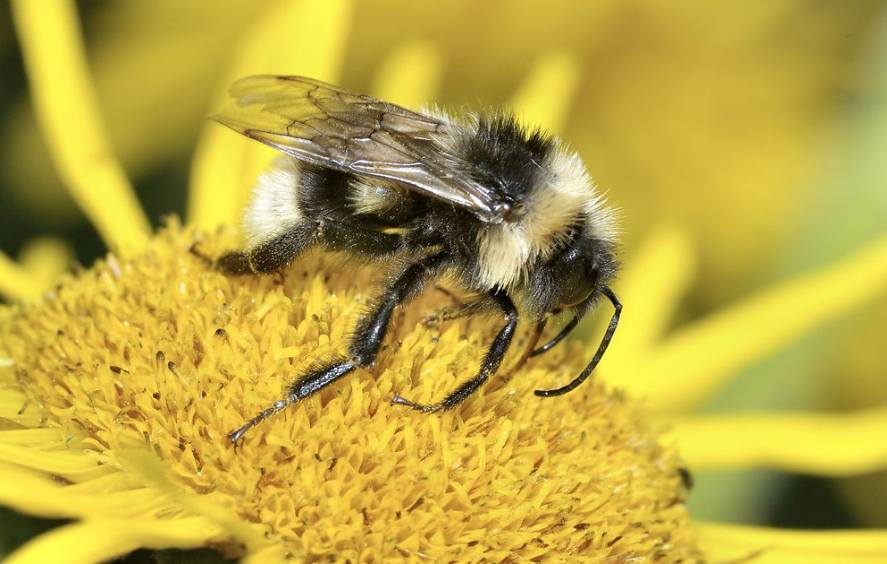
Intriguing facts about bowfin fish
Amia calva is the scientific name for the bowfin, a kind of endemic freshwater fish found only in North America. It is often found in still, slowly moving bodies of water, such as marshes, lakes, and river backwaters. The unique physical characteristics of bowfins include a long, cylindrical body, a rounded tail fin, and a massive mouth full of sharp teeth.
Physical characteristics and unique features of bowfin fish
The bowfin’s ability to breathe air is an amazing feature. Unlike most fish species that only use their gills to take in oxygen from the water, bowfin have a special air bladder that allows them to take in air from the surface. Because of their adaptation, they can survive in environments with completely stagnant water or low oxygen levels.
Feeding habits and diet patterns of bowfin fish
Bowfin are predators that consume a wide variety of foods. Their primary food sources are tiny fish, crayfish, frogs, and insects. Their powerful jaws and sharp teeth allow them to ambush their prey with rapid strikes, making them expert predators. In addition, bowfin are well known for their violent and territorial behaviors, which are best shown during the mating season when they fiercely protect their nests and eggs.
Evolutionary history of bowfin fish
Bowfin’s ancient heritage is another intriguing aspect. They are frequently referred to as “living fossils” since they haven’t changed much over millions of years. Bowfin developed around 180 million years ago, making them one of the oldest freshwater fish species currently in existence. Their ability to adapt to new habitats and their resilience to environmental changes have contributed to their long-term survival.
Bowfin’s peculiar ways of reproducing and life cycle
Bowfin are also well-known for their peculiar ways of reproducing. During the mating season, males remove grass and debris from shallow streams in order to construct nests. The female bowfin lays eggs in the nest, which the male subsequently fertilizes externally. The male bowfin guards the nest and wards off potential predators until the eggs hatch. The fry are left on their own to fend for themselves after hatching.
Ecological role of bowfin fish in their ecosystem
In terms of their ecological role, bowfin are essential to maintaining the equilibrium of freshwater ecosystems. Because they are apex predators, they help control the population of lesser fish and invertebrates, preventing congestion and promoting species diversity. In addition, bowfin are employed as water quality monitors since they are vulnerable to pollution and habitat degradation. Monitoring their populations may provide valuable insights into the overall condition of aquatic ecosystems.
Understanding the fascinating facts about this unique fish species
Known by its scientific name, Amia calva, the bowfin is an interesting species of fish found in freshwater environments all across North America. With its distinct characteristics and extensive evolutionary history, the bowfin is an amazing species of fish. For scientists studying it, its ancient ancestry, physical characteristics, predatory behavior, reproductive strategy, and ecological significance make it an intriguing topic. For nature aficionados, it is a mesmerizing sight. The following are some fascinating bowfin facts:
Bowfin fish referred as living fossil
Given that it is among the oldest fish species still in existence, the bowfin is sometimes referred to as a “living fossil.” It has been discovered that the progenitors of bowfins date back more than 150 million years, making them older than certain dinosaurs.
Unique body characteristics that have allowed Bowfin fish to survive
With its distinctive features, this ancient fish has remained mostly unaltered throughout millions of years, offering important insights into the development of fish species. The long, cylindrical body of the bowfin is one of its most characteristic characteristics. It catches its prey with its strong teeth and rounded nose. The bowfin resembles a snake because it has a single dorsal fin that runs the length of its back.
Unique breathing characteristics of bowfin fish
The bowfin’s ability to breathe air is another fascinating characteristic. It can take in oxygen from the air thanks to a unique swim bladder that functions as a lung. Because of this adaptation, the bowfin can survive in areas with low oxygen levels, such as marshes and stagnant ponds.

Diet and feeding habits of bowfin
The bowfin is both an opportunistic feeder and an apex predator. Its food is varied and includes fish, crabs, amphibians, and even small animals. It can eat prey up to half its own size and is renowned for having a ravenous appetite.
Bowfin fish can survive at low oxygen levels
The bowfin is able to tolerate low oxygen levels and thrive in environments that are stagnant or have low oxygen levels, in contrast to many other fish species. It may thus flourish in environments where other fish find it difficult to live, giving it a competitive edge over other species.
Spawning behavior of bowfin fish
The way that bowfins reproduce is very interesting. Using underwater foliage, sticks, and other detritus, the male bowfin constructs a nest during the mating season. After the female lays her eggs in the nest, the male externally fertilizes them.
Fertilization process and Egg development for bowfin fish
After fertilization, the male protects the nest and keeps others out. In order to guarantee the eggs’ survival and provide oxygen, he additionally fanned them with his fins. The fry stay in the nest for a little while after hatching before setting out on their own.
Habitats and a balanced food chain
Bowfin are essential to the habitats in which they live. As apex predators, they provide a balanced food chain by controlling the numbers of other fish species. They also aid in the nutrient cycle by consuming both living and dead species.
Ecological role of bowfin fish in their ecosystem
Furthermore, bowfin are a good way to gauge how well their habitats are doing overall. Their existence or nonexistence may provide important information about the ecosystem’s stability and water quality.


